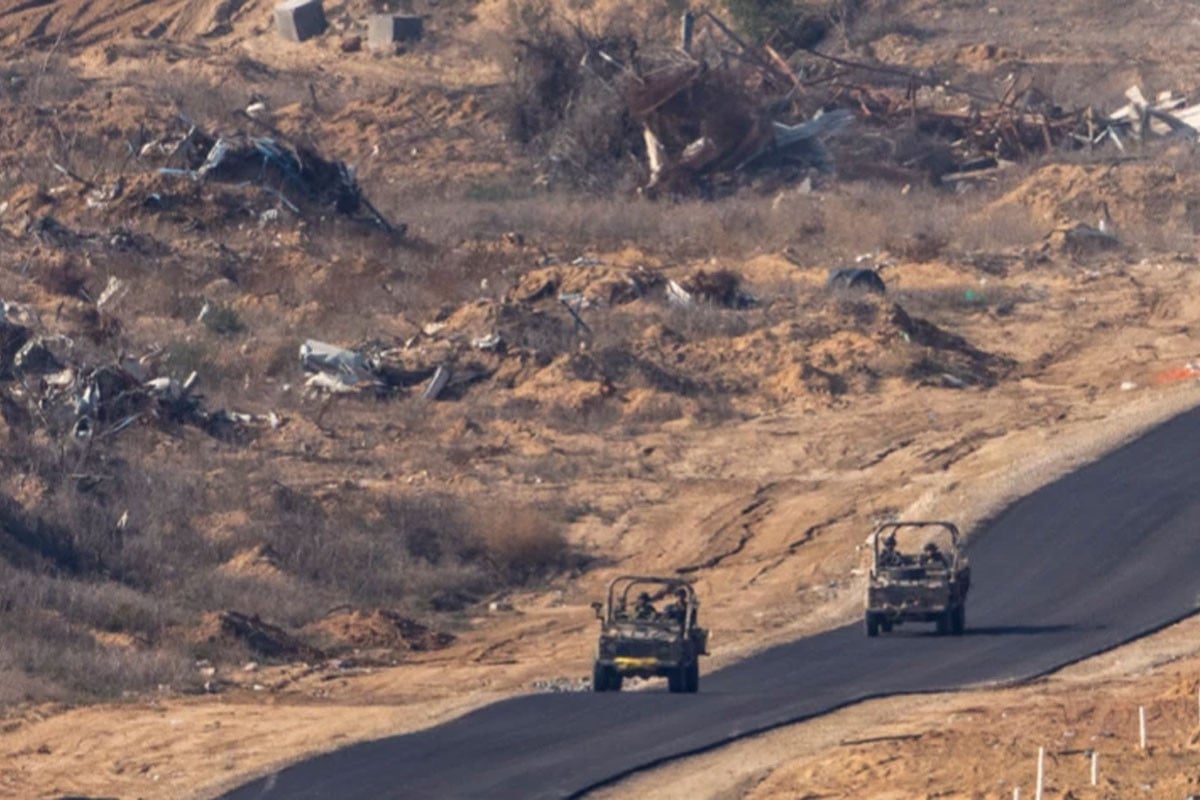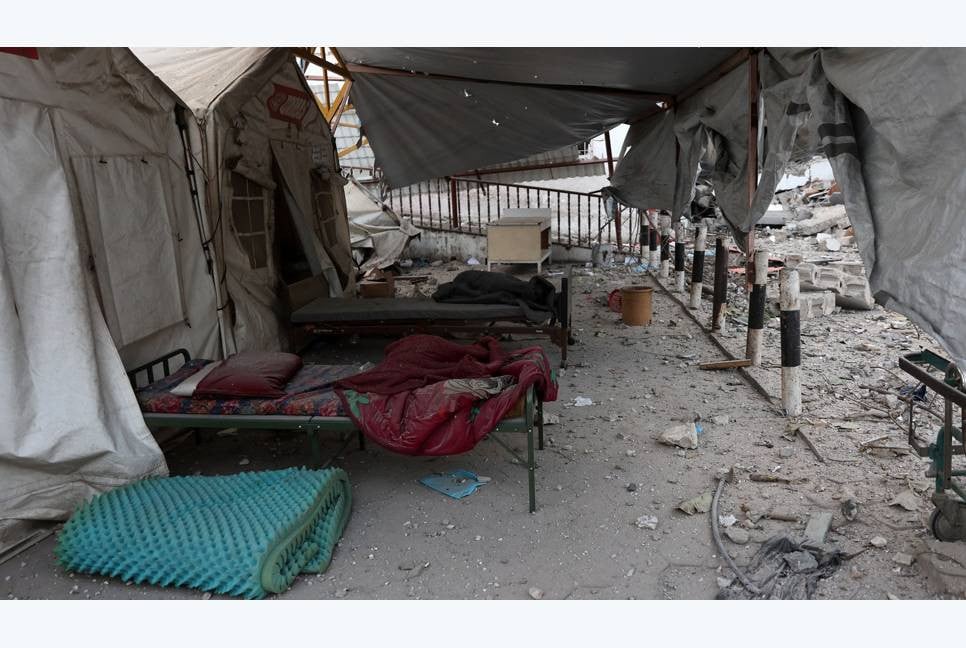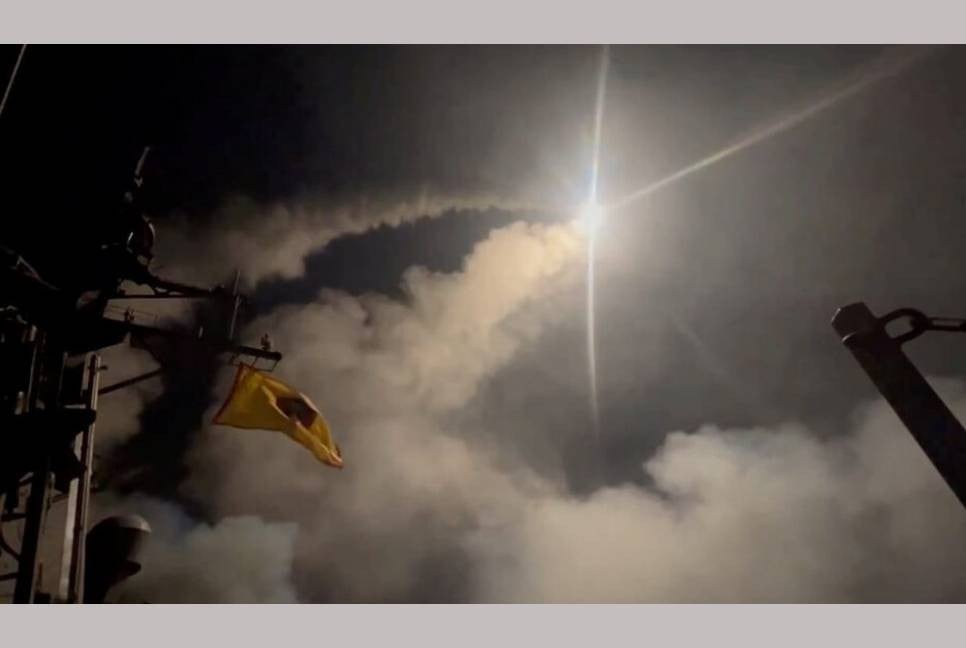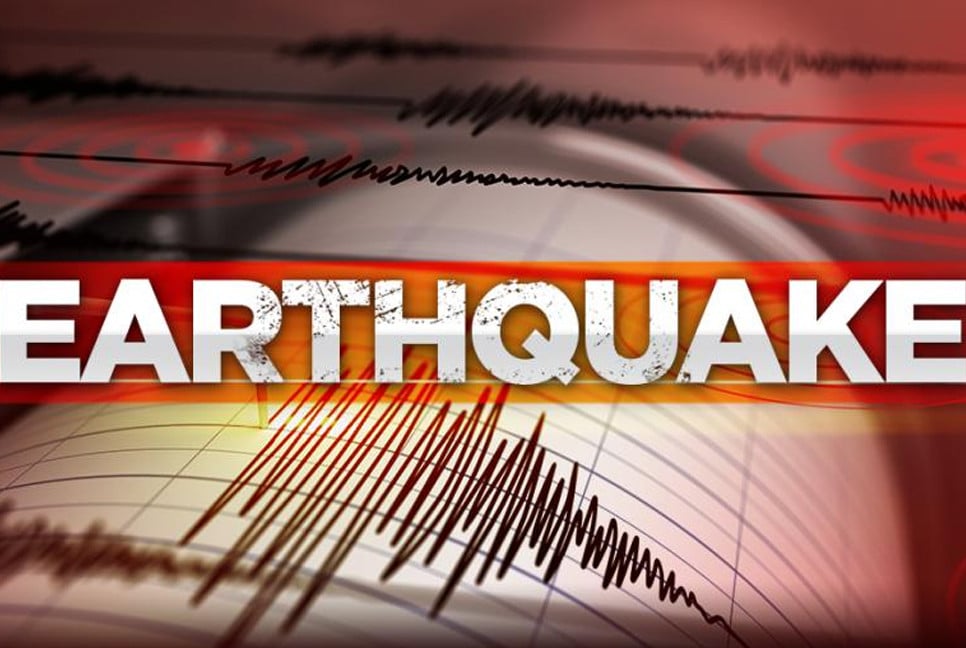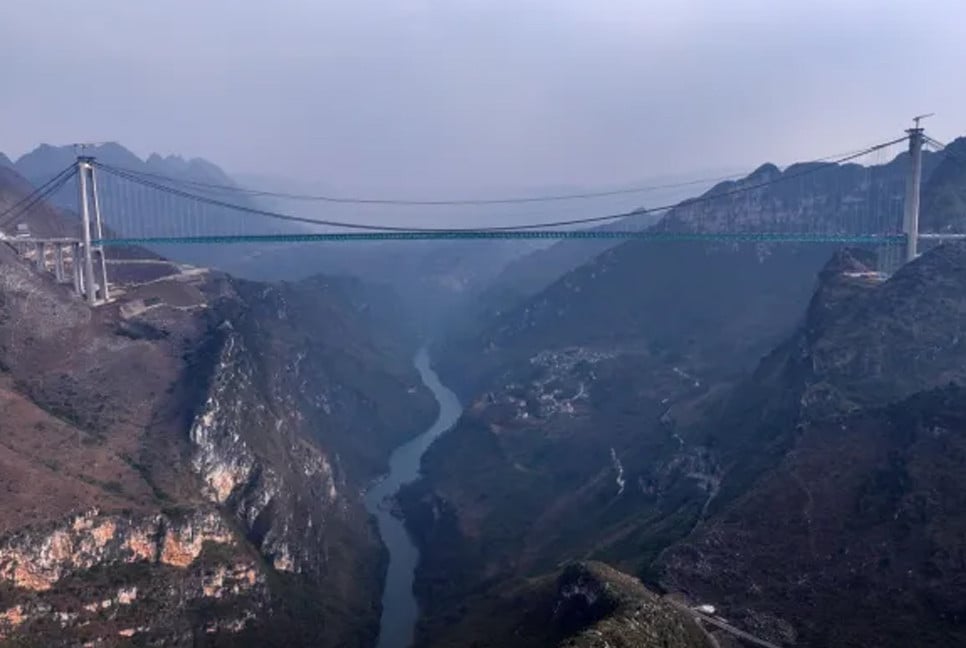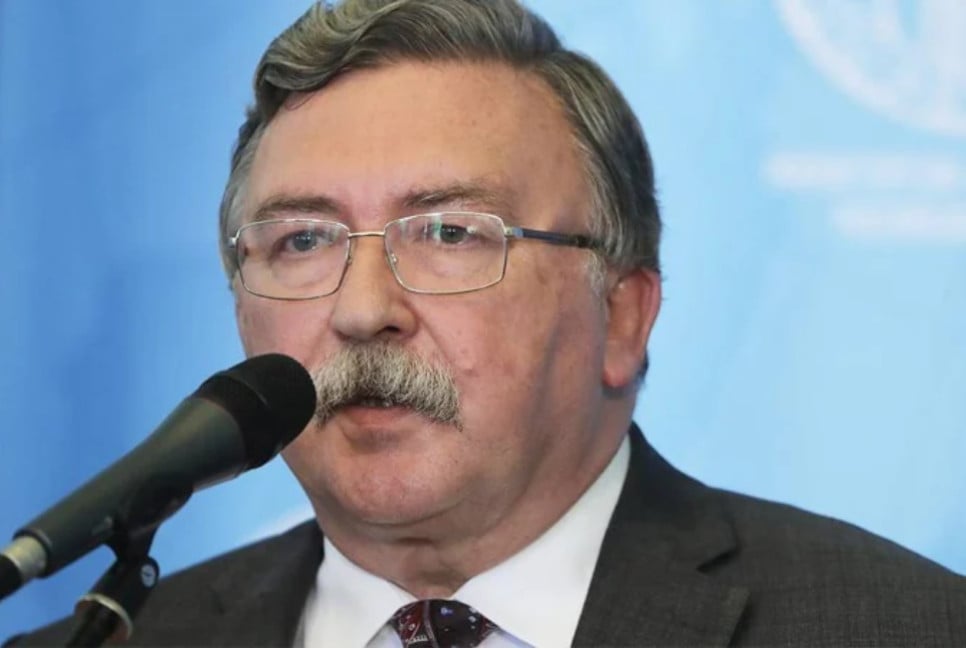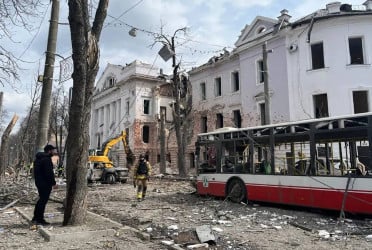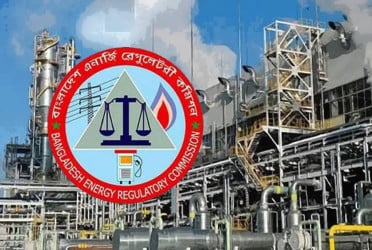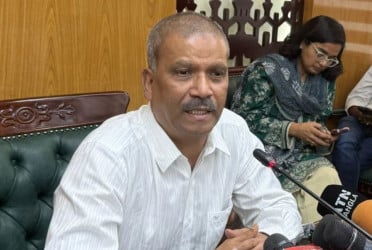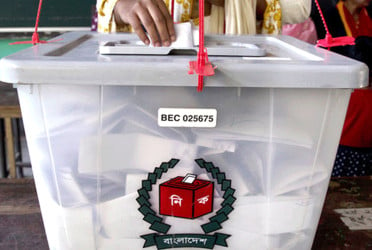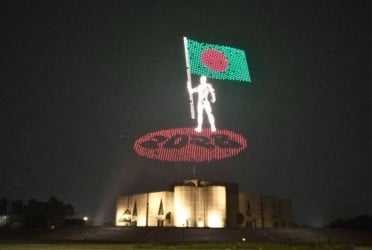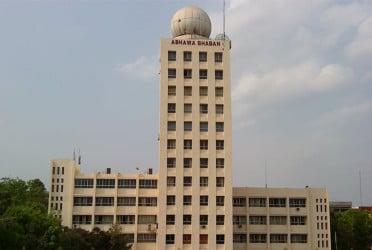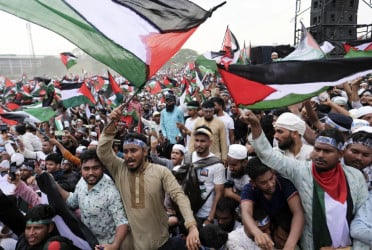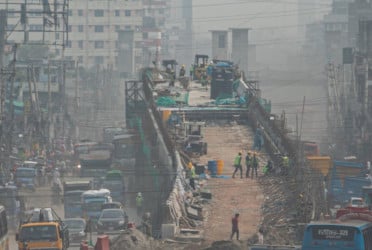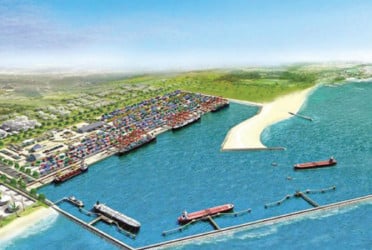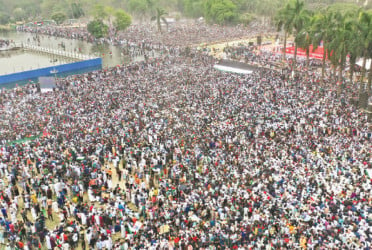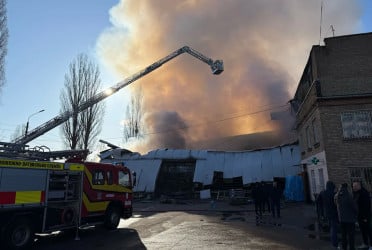Israel now controls more than half of the Gaza Strip, having expanded its military buffer zone through systematic destruction of Palestinian homes, farmland, and infrastructure, according to military sources and rights groups. The operation, which Israel claims is temporary and aimed at pressuring Hamas to release hostages taken during the October 7, 2023 attacks, has rendered large areas of Gaza uninhabitable, reports AP.
The largest area under Israeli control runs along the border, where the military has doubled the buffer zone’s depth, at times extending three kilometers into Gaza. Israeli forces have also seized the Netzarim Corridor, a central route that isolates northern Gaza from the south, further restricting Palestinian movement and access to resources.
Satellite imagery reveals vast swathes of destroyed neighborhoods, previously home to hundreds of thousands of Palestinians. Several new Israeli military outposts have appeared within these ruins. Testimonies from five Israeli soldiers, published by the anti-occupation veterans group Breaking The Silence, describe the deliberate and widespread demolition of homes, farmland, and industrial areas, creating what one soldier called a “kill zone.”
Prime Minister Benjamin Netanyahu has indicated that Israel will maintain security control in Gaza even after Hamas is defeated. He has also openly stated that he would encourage the displacement of Gaza’s population. Human rights organizations say these actions suggest long-term intentions to alter Gaza’s landscape and demographics, warning that such policies could constitute war crimes or ethnic cleansing.
While Israel insists the buffer zone is intended to protect its border communities and ensure national security following the October 7 assault, critics argue that the destruction appears calculated and permanent. A report from Breaking The Silence concluded that the military’s actions are not only tactical but also political in scope, laying the groundwork for a prolonged Israeli presence.
The impact on civilians has been devastating. Nidal Alzaanin, a Palestinian from Beit Hanoun, returned to his home during the January ceasefire only to find it flattened. His land now lies within the expanded buffer zone, and he was forced to flee again once hostilities resumed.
Since the conflict reignited last month, the Israeli military has intensified its campaign, expanding into areas where Palestinians were recently ordered to evacuate. Plans to construct a new corridor through southern Gaza to isolate Rafah have also been floated by Netanyahu, raising fears of further fragmentation of Palestinian territory.
The Israeli army maintains that its operations are aimed at neutralizing threats and preventing future attacks. However, international legal experts and humanitarian organizations continue to question the legality of the destruction and displacement tactics employed, warning that these could violate international law.
Despite mounting global concern, no clear path toward de-escalation or reconstruction has emerged, and the long-term future of Gaza’s territory and its people remains uncertain.
Bd-pratidin English/ Jisan

